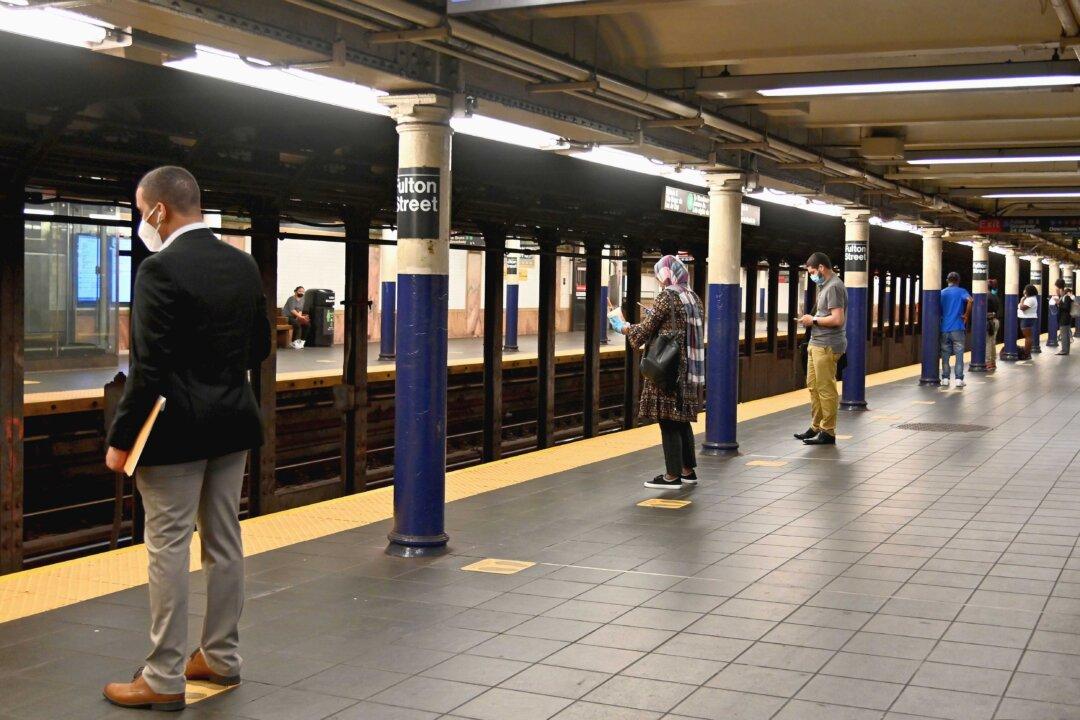Commentary
It was a bittersweet evening in Manhattan. Parisian-level charm had descended on what used to be traffic-snarled streets of the fancy Upper East Side. Planters holding dramatic greenery set off outdoor dining areas spilling into former parking spaces. Waiters happily greeted the sort of stylish patron no one had seen for a while.





